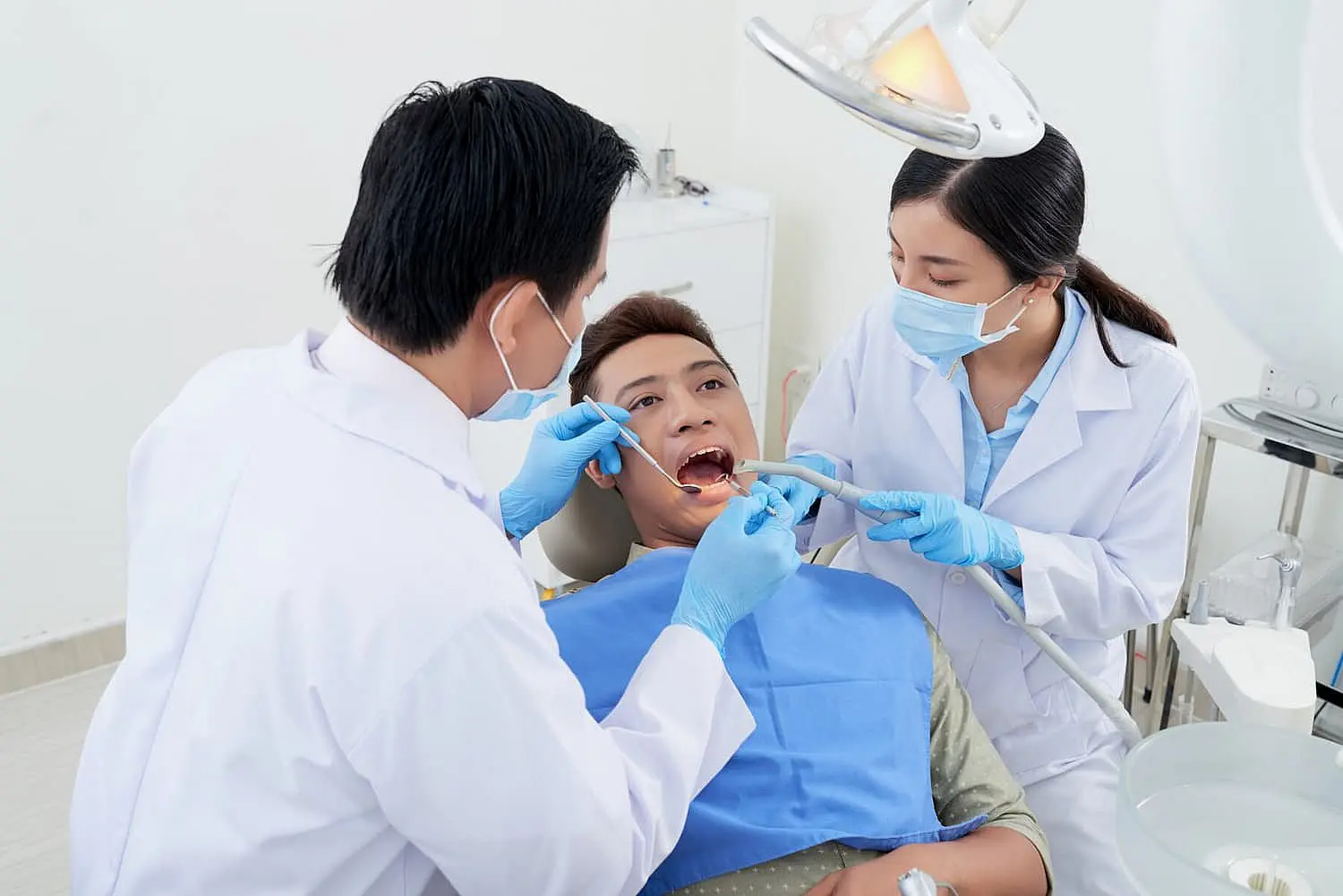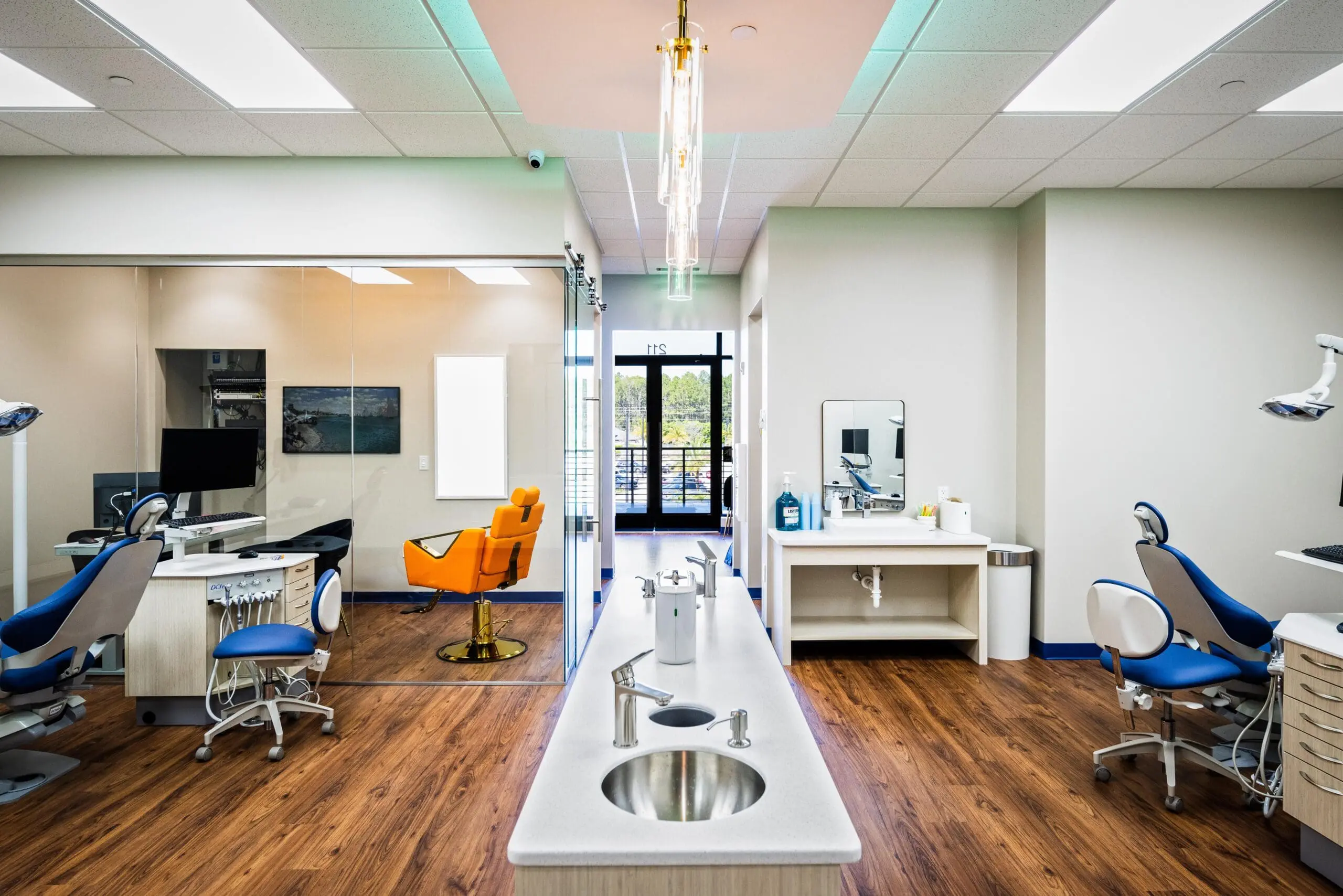
What Causes Tongue Thrust
Tongue thrust can arise from a combination of genetic predispositions and environmental influences.
Habits formed during early childhood are frequently significant in its development. Common factors contributing to tongue thrust include:
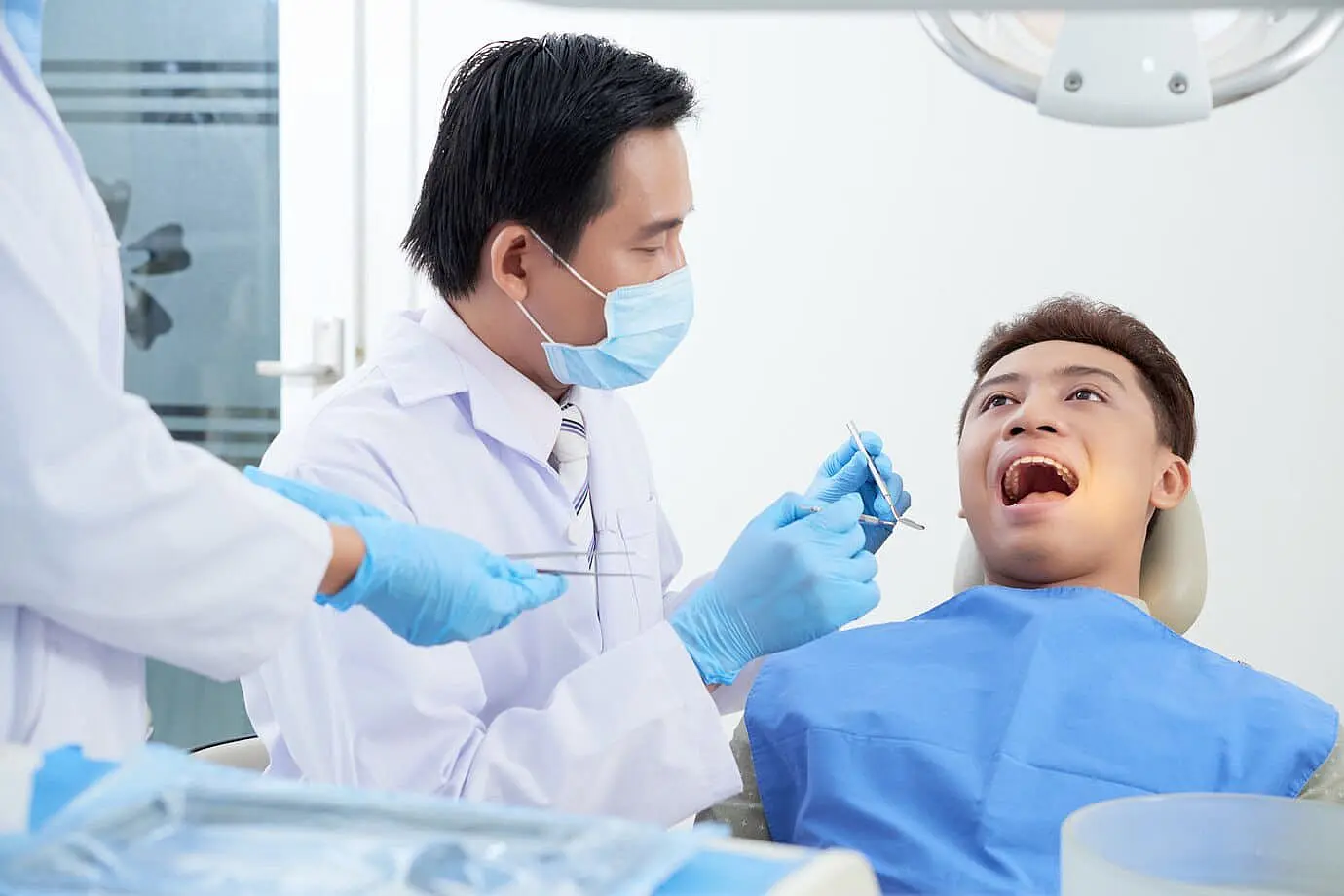
Types of Tongue Thrust
Tongue thrust can present in various forms, each impacting oral health and dental alignment differently. The most prevalent variation is forward tongue positioning, which may cause gaps between teeth and disrupt bite alignment. Additionally, side-pressing tongue patterns can develop, leading to issues such as crossbites and irregular dental wear.
There are different types of tongue thrust, and each one can impact oral health and tooth alignment in its own way.
Symptoms and Diagnosis
Accurate diagnosis of tongue thrust requires a professional evaluation. Key signs include noticeable gaps between teeth, misaligned bites, and unusual swallowing patterns. During an assessment, specialists carefully examine tongue posture during rest, speech, and swallowing to identify the condition and assess its severity. Professional diagnosis is critical for effective treatment planning and correction.
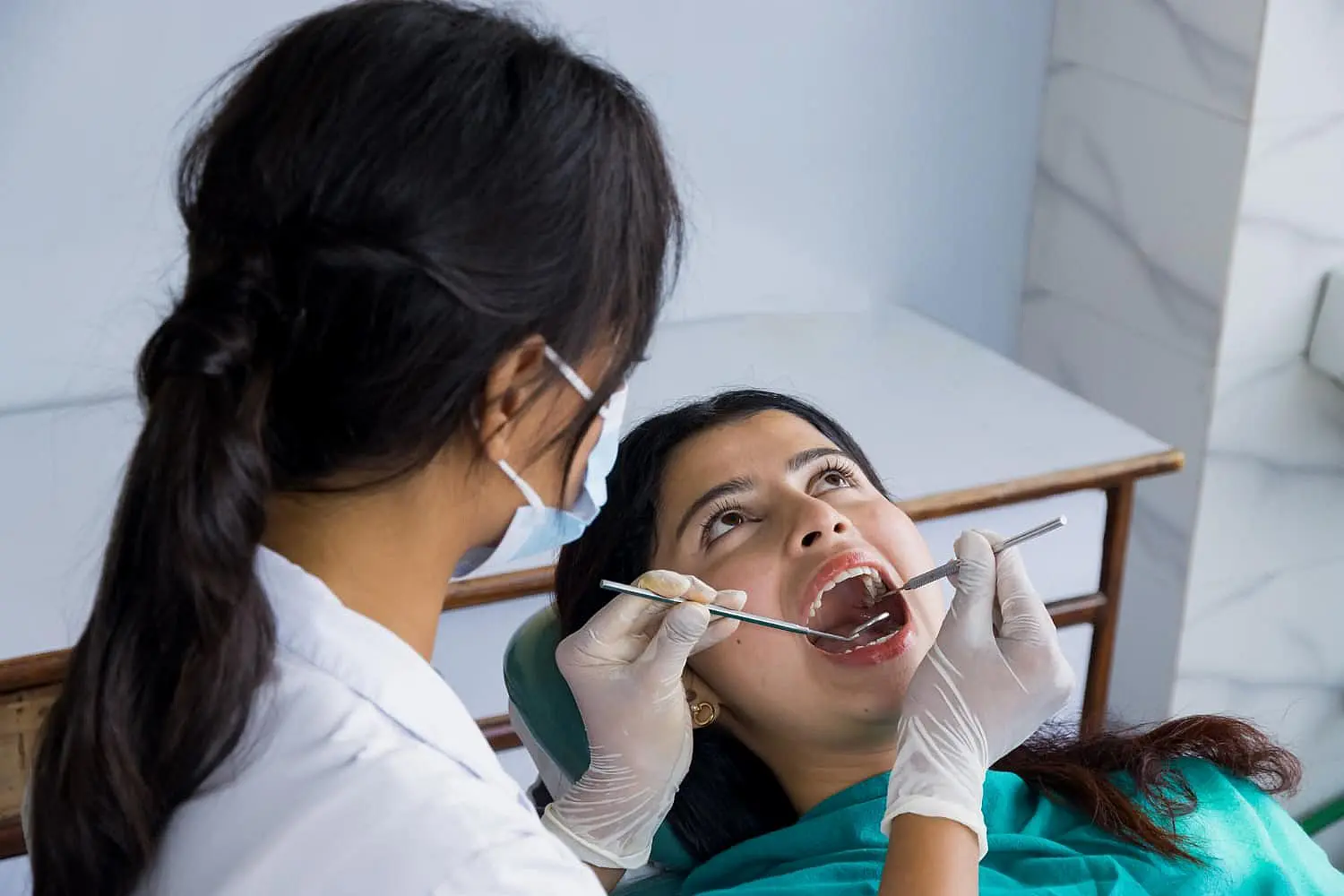
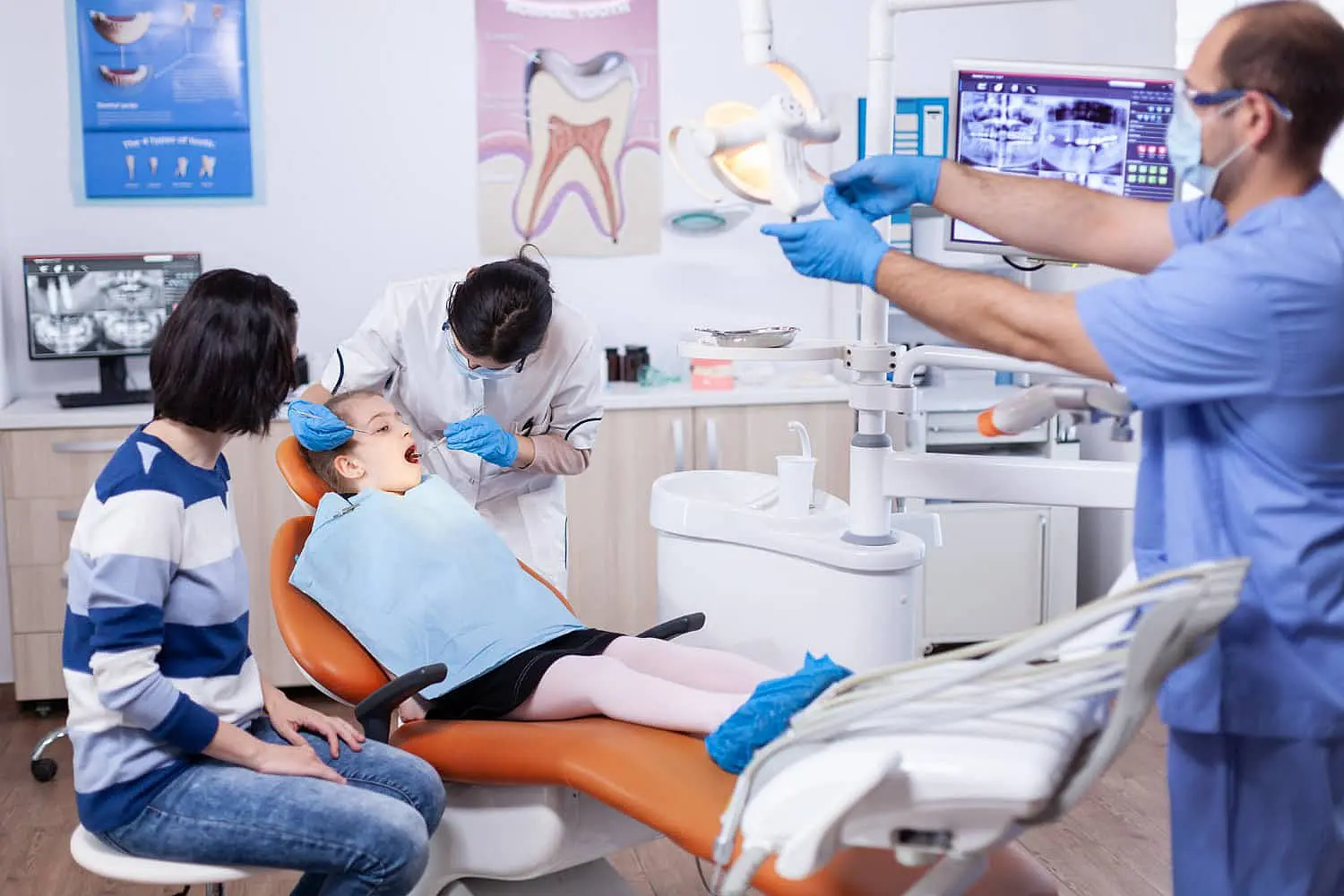
Tongue Thrust in Children
Addressing tongue thrust early is essential for children displaying symptoms of the condition. A professional evaluation by the age of 7 can help prevent more severe developmental complications in the future. Without timely treatment, tongue thrust can have a significant impact on dental development, often leading to the need for more extensive and complex interventions as the child grows older. Early detection and treatment play a key role in supporting proper oral and dental health.
Treatment Options for Tongue Thrust
Treatment focuses on helping patients relearn proper tongue position and function through targeted therapy programs. Care may involve behavior-based techniques and personalized plans tailored to each individual. Early detection and regular practice of recommended exercises are key to achieving the best results.
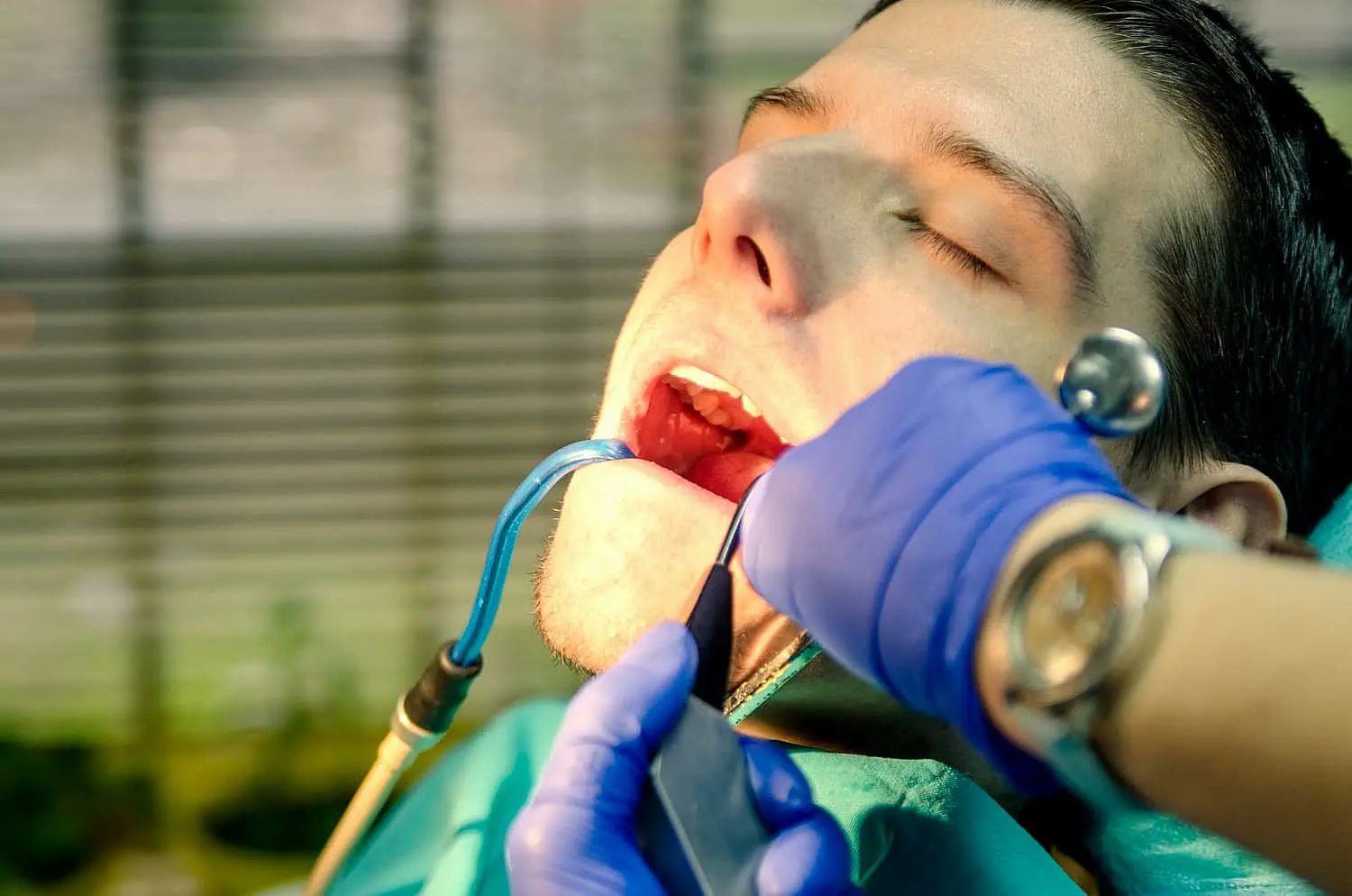
Myofunctional Therapy for Tongue Thrust

